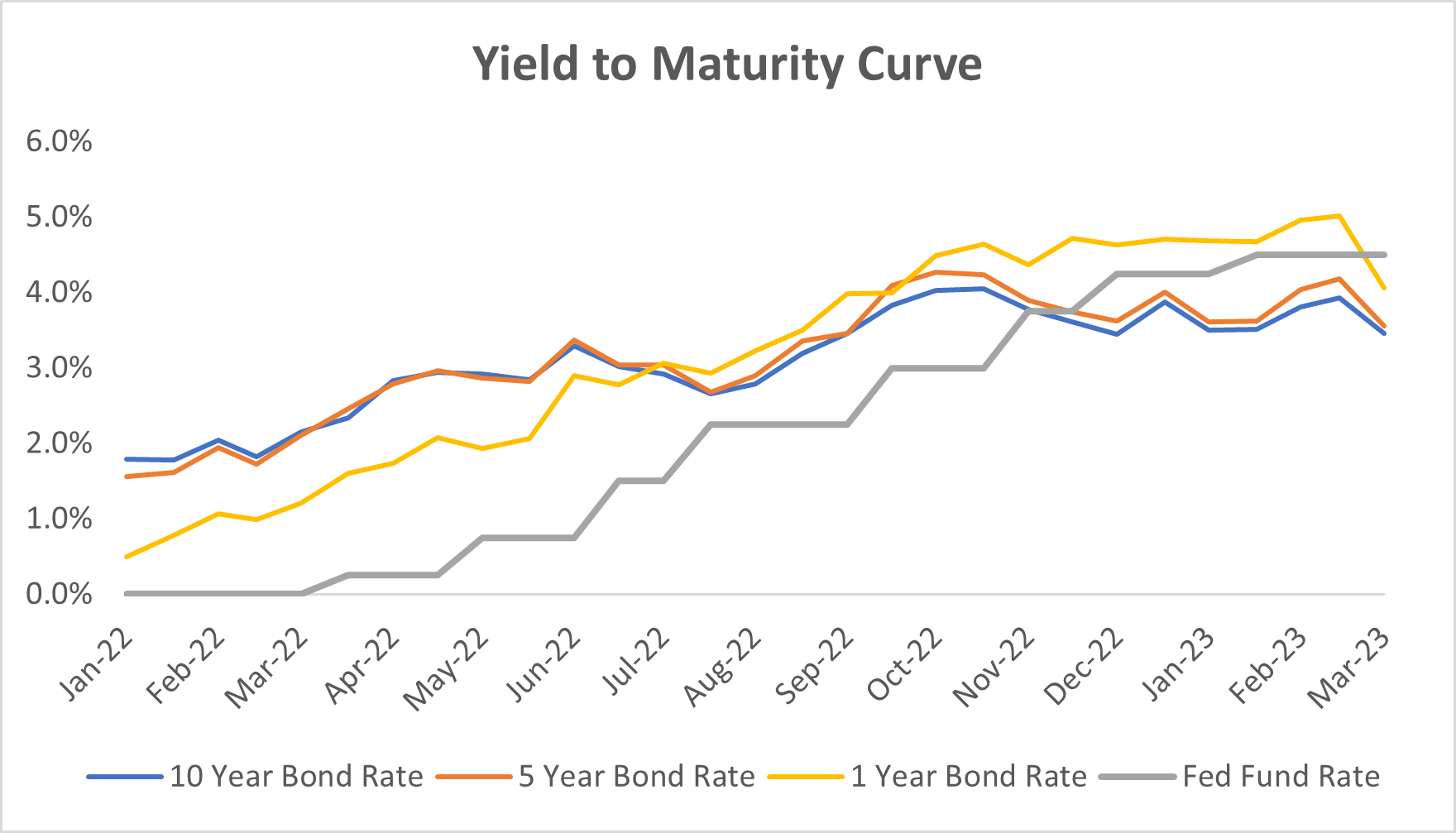Are Risk-Free Bonds Really “Risk-free”?: The Case of Silicon Valley Bank
Published on 22 Mar, 2023

Silicon Valley Bank (SVB), one of the leading banks in the US and regarded as the banker for startups, was shut down on March 10, 2023, by regulators due to its heavy investment in bonds and agency-backed securities. SVB’s bonds fell when the Federal Reserve increased its interest rates, thus creating chaos. Can SVB be saved and regain its former glory? Are risk-free bonds really “risk-free”?
On March 10, 2023, Silicon Valley Bank (SVB), a leading bank in the US, experienced an old-fashioned bank run. The bank found itself with insufficient cash reserves to service its depositors, causing chaos and panic among its customers. Its deposits almost doubled in 2021 owing to the flexible monetary policy of the Federal Reserve and rapid growth in the technology startup industry.
To manage its growing deposits, SVB invested heavily in "ultra-safe" US Treasury bonds and agency mortgage-backed securities. These securities had minimal credit risk and were classified as held-to-maturity securities to receive the investment back as the bonds matured. However, 95% of these securities had a maturity period of over 10 years, with a weighted average yield of 1.56%.
Unfortunately, the Federal Reserve's fight against inflation led to an unprecedented increase in interest rates. As a result, the market yield shifted to 5%, causing the value of SVB's bonds to fall from $91 billion to $76 billion at the end of 2022. This loss of $15 billion was almost equivalent to the bank's capital base of $16 billion.
Despite this, SVB did not record the change in market value in its accounts, as the held-to-maturity securities were recognized on a historical cost basis. However, SVB faced a significant outflow of deposits due to the restrictive monetary policies, with depositors such as venture capital firms and technology startups being compelled to use their deposits as funding dried up. This forced SVB to capitalize on its losses and sell the bonds it originally intended to hold until maturity.
SVB incurred a loss of $1.8 billion on the sale of bonds worth $21 billion and planned to raise additional capital to fund the deposit withdrawal. However, news of this triggered a bank run, ultimately leading to the government taking over the bank's operations. This incident brings up the concern of whether the expected liquidity risk premium should be added to the risk-free rate.
Traditionally, a risk-free rate comprises three components: inflation, real interest rate, and liquidity risk. However, due to stable interest rates and low inflation in the past decade, there is reason to believe that the market is no longer giving liquidity risk its due weight. As we experience a sustained period of high-interest rates, it remains to be seen whether long-term yields will expand to appropriately capture liquidity risk.

As seen in the chart above, the yield on bonds across different maturities has increased as Federal Reserve increased the interest rates from 0% to 4.5%. Owing to the liquidity risk in the near term, the investors in the 1-year bonds are demanding a higher yield than the 5- and 10-year bonds. It is notable that the yields saw a decline in the first half of March as the market begins to price in a possibility of Federal Reserve slowing down or stopping the interest rates hike to tackle the newly emerging liquidity crisis.
In conclusion, the SVB bank run highlights the risks associated with investing in long-term securities, especially when interest rates rise. The incident also raises important questions about the role of liquidity risk in determining the risk-free rate. As we move forward, it will be interesting to see how regulators and investors respond to these challenges and what measures they take to mitigate the risks associated with investing in securities with long maturities.
About Aranca
Aranca is a reputed business valuation firm with vast experience in preparing valuations for compliance, financial reporting, and transactions. We are experienced in the early-stage venture capital ecosystem and conduct valuations for hundreds of startups each month.

